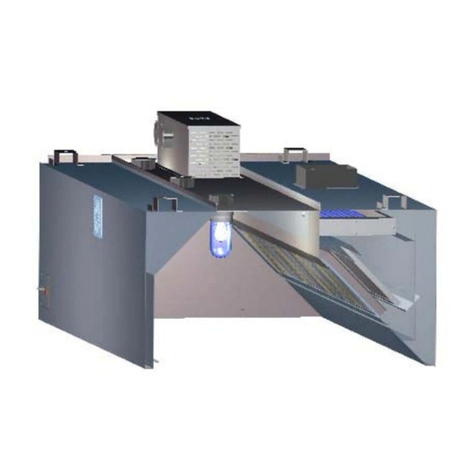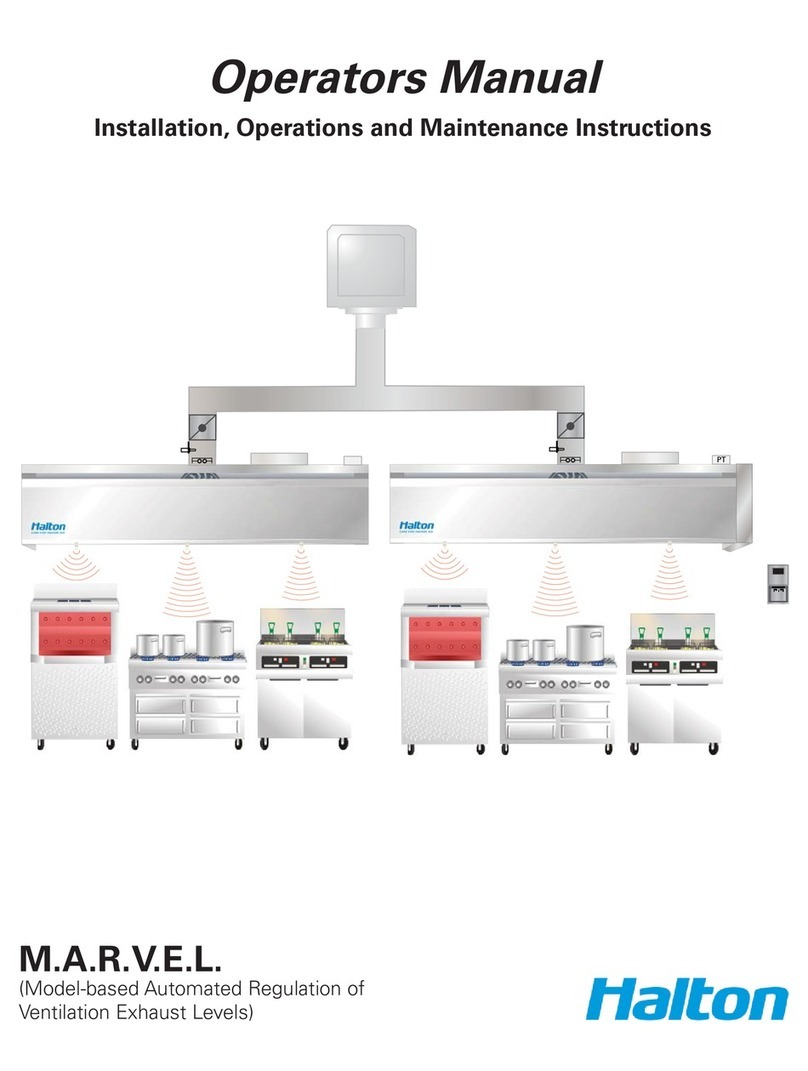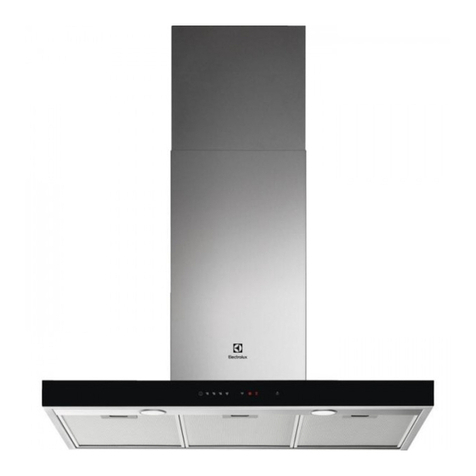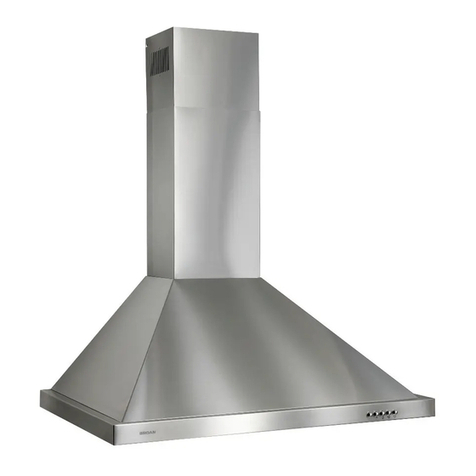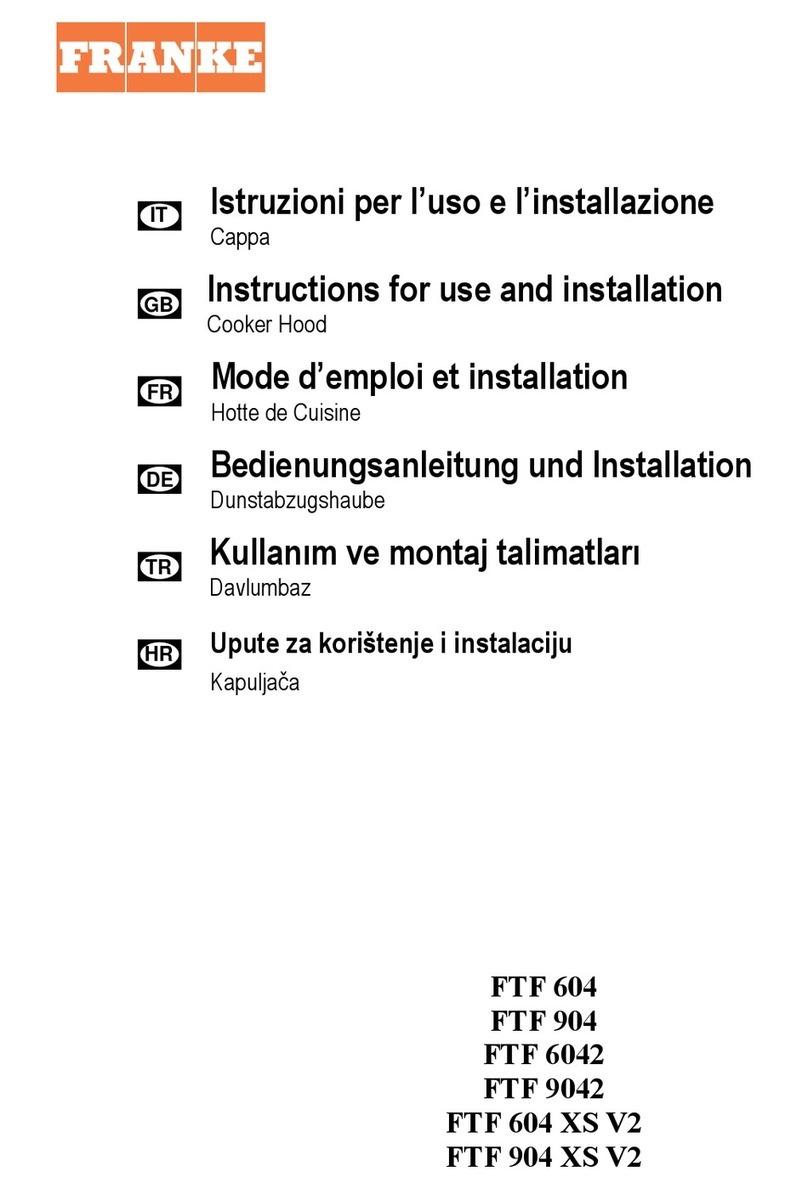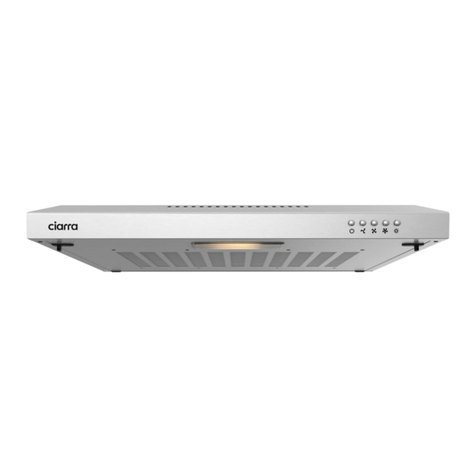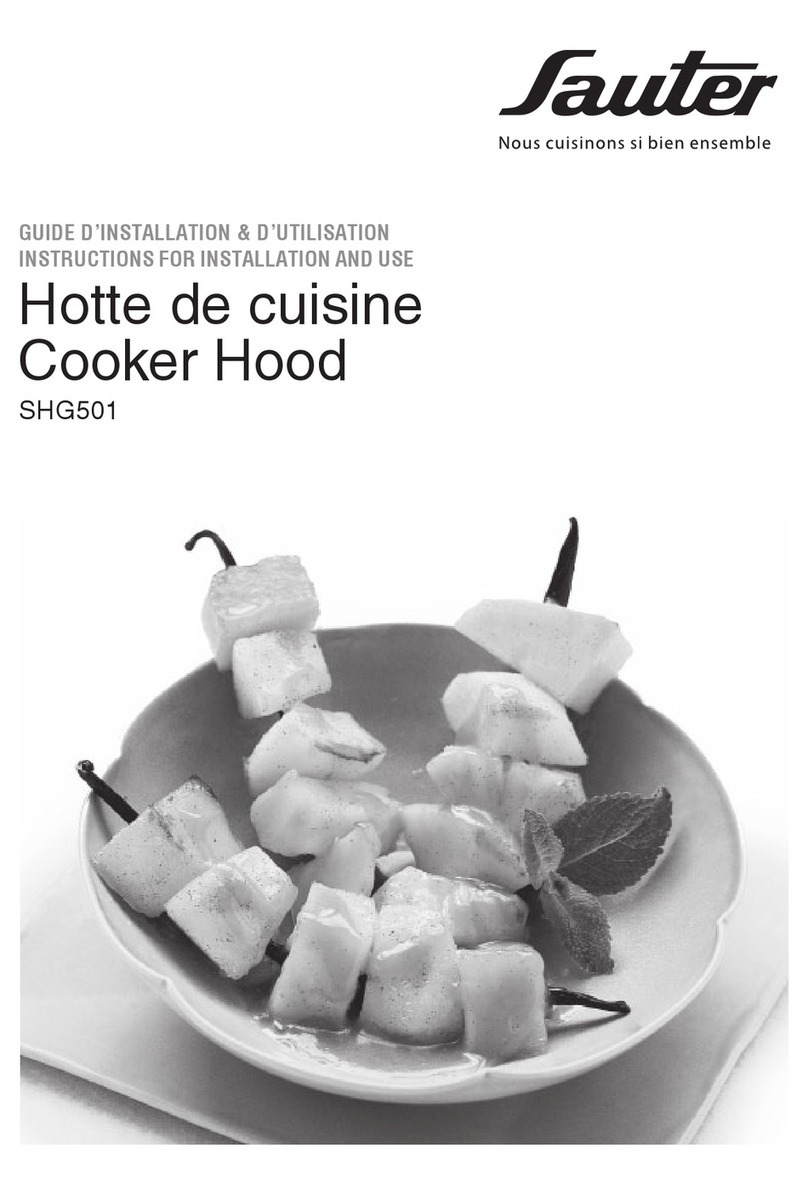Halton MM1 Series User manual
Other Halton Ventilation Hood manuals
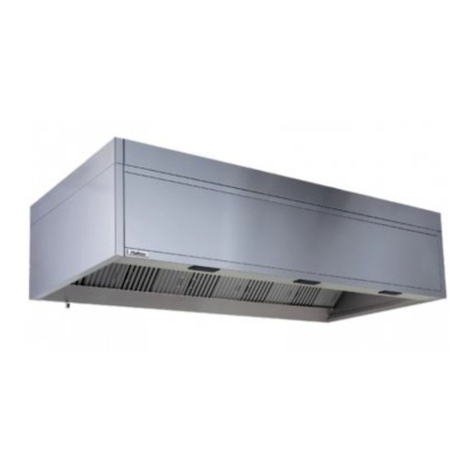
Halton
Halton KVF Capture Jet Instruction Manual

Halton
Halton Capture Jet KVE-WW User manual
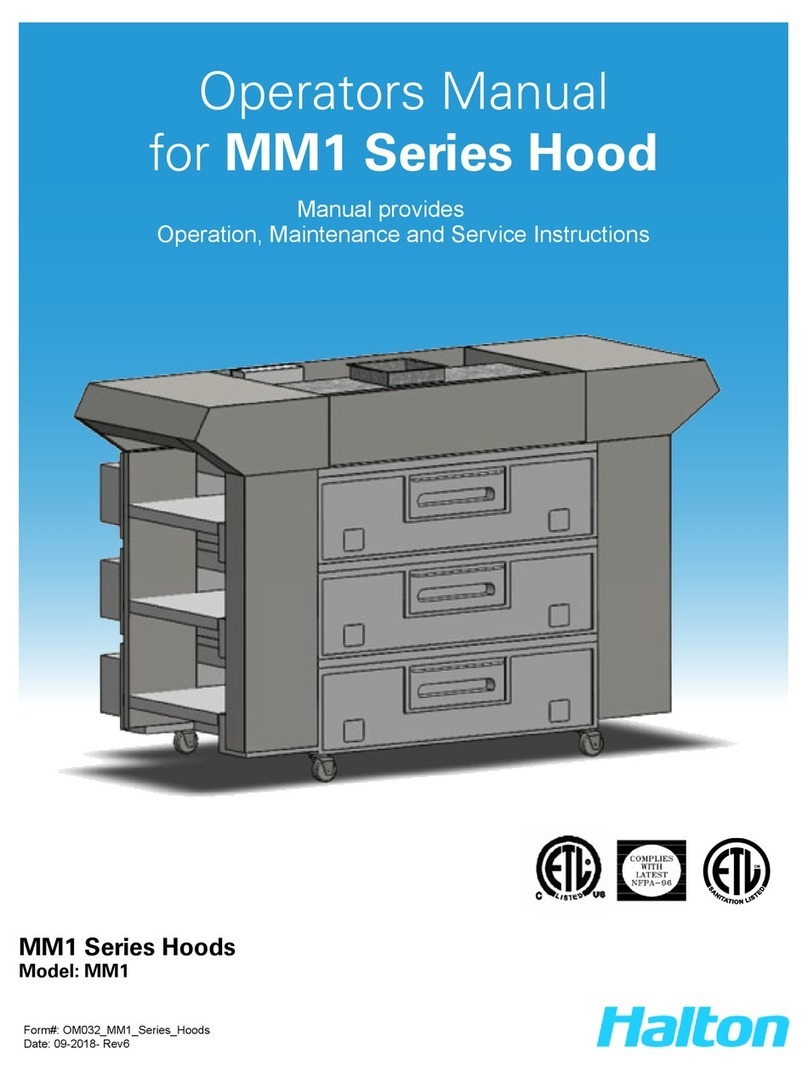
Halton
Halton MM1 Series User manual
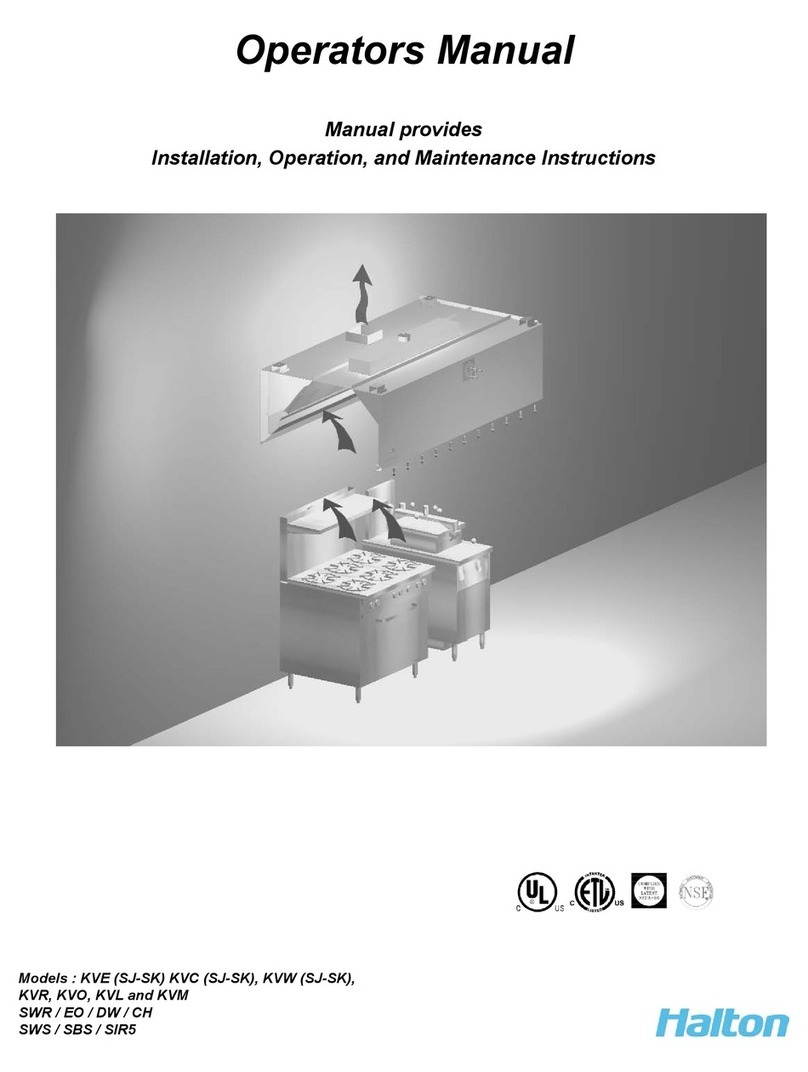
Halton
Halton KVE (SJ-SK) User manual
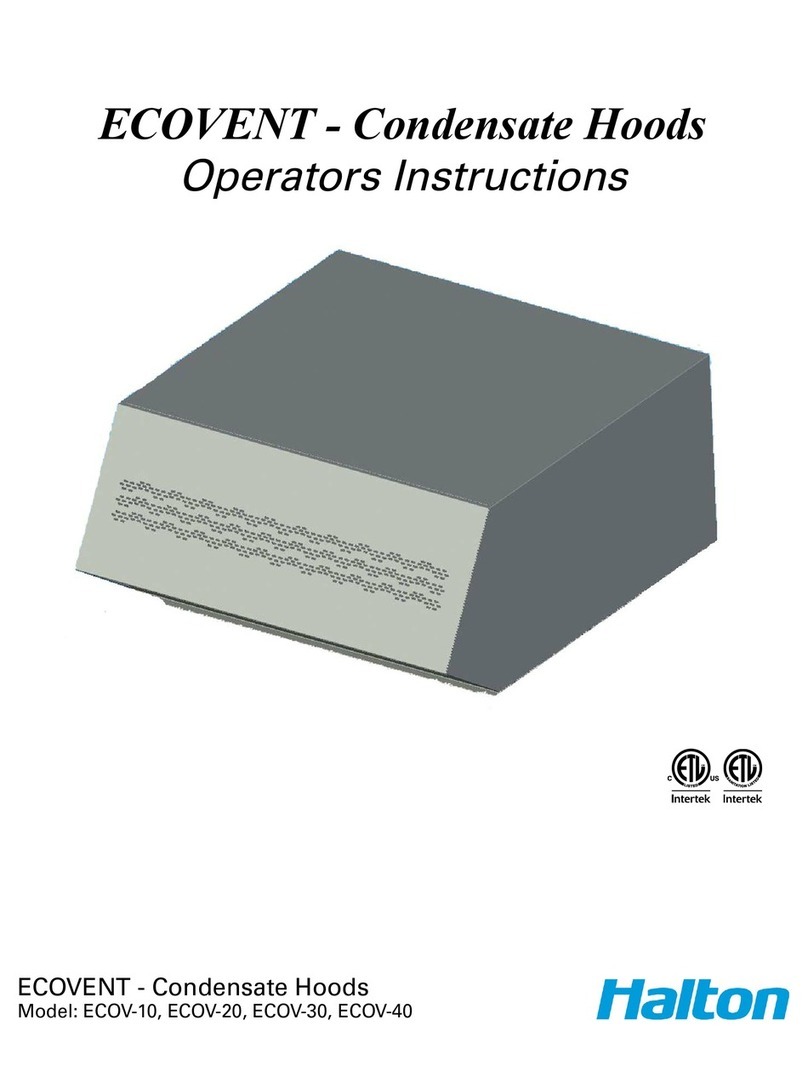
Halton
Halton ECOV-10 Specifications

Halton
Halton Rex Expander Product manual
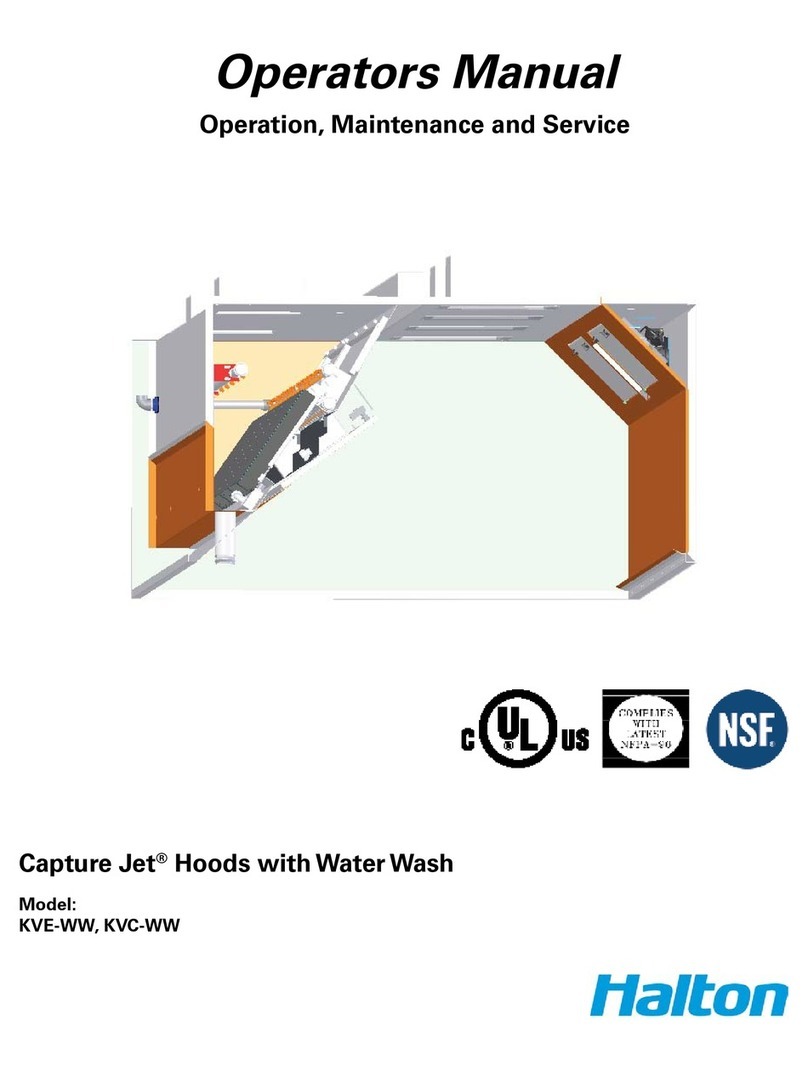
Halton
Halton KVE-WW User manual

Halton
Halton Capture Jet KVESJ User manual

Halton
Halton EcoloAir 3000CFM User manual
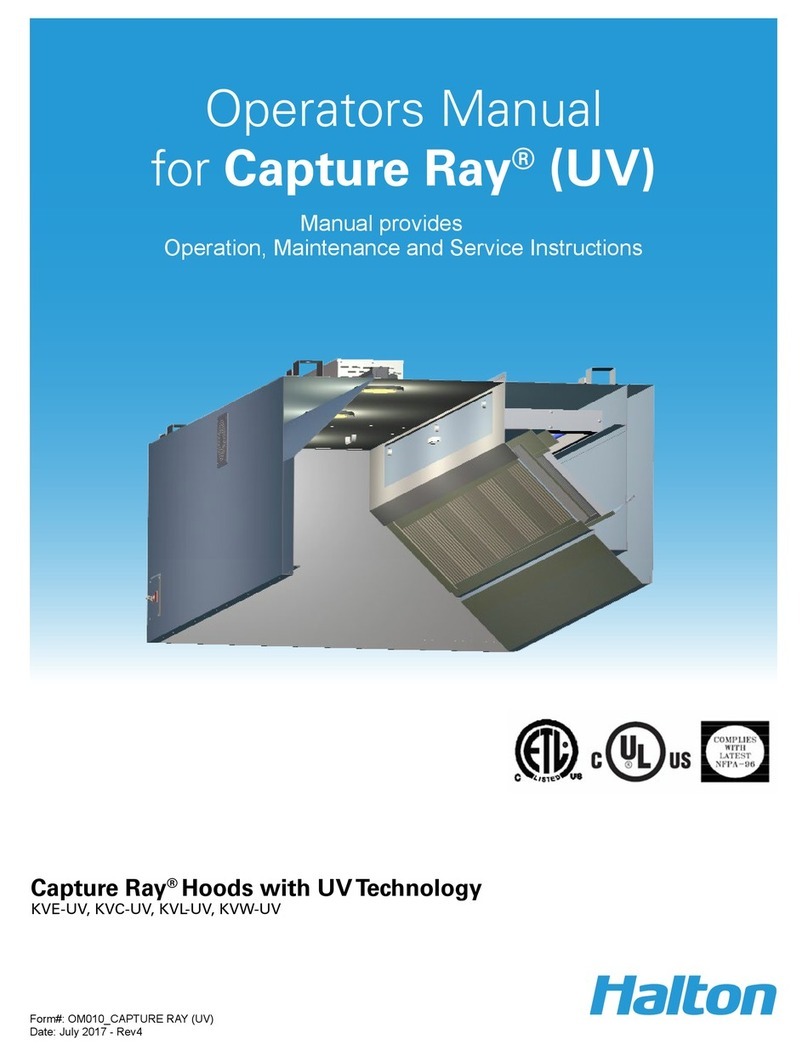
Halton
Halton Capture Ray KVE-UV User manual
Popular Ventilation Hood manuals by other brands
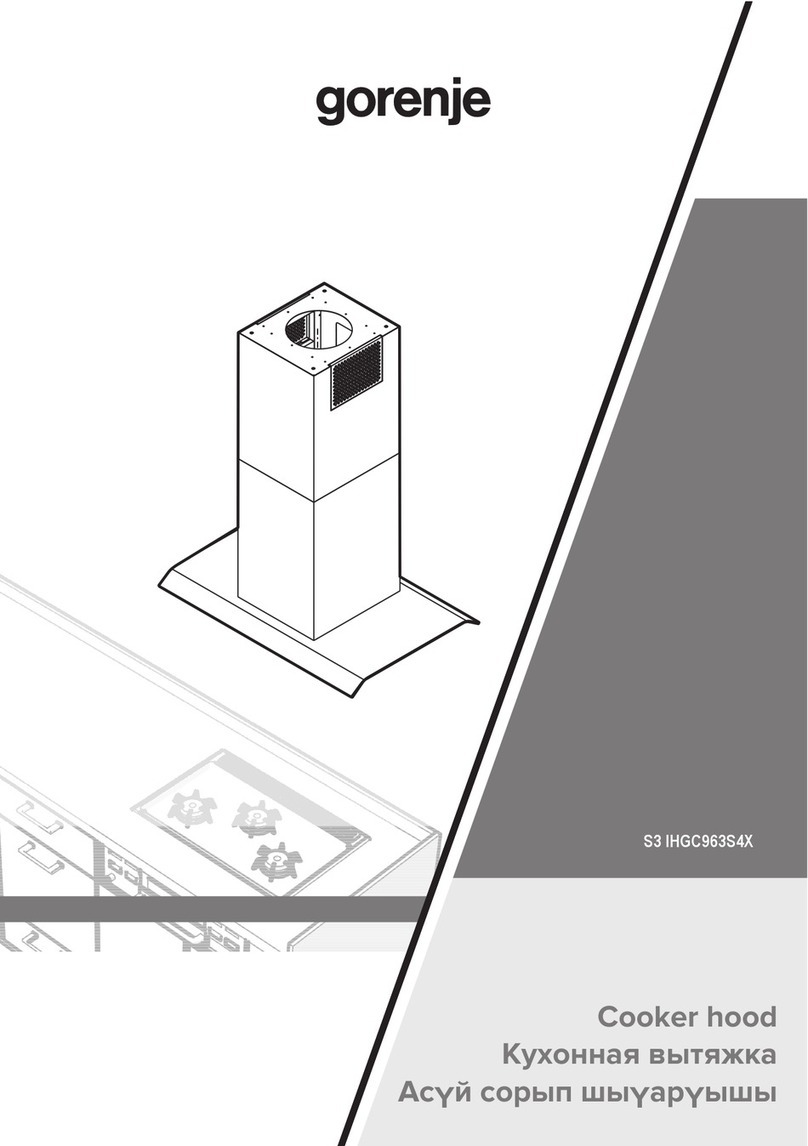
Gorenje
Gorenje S3 IHGC963S4X manual

KOBE
KOBE ISX2136SQB-1 Installation instructions and operation manual

U.S. Products
U.S. Products ADVANTAGE-100H Information & operating instructions

Kuppersberg
Kuppersberg DUDL 4 LX Technical Passport
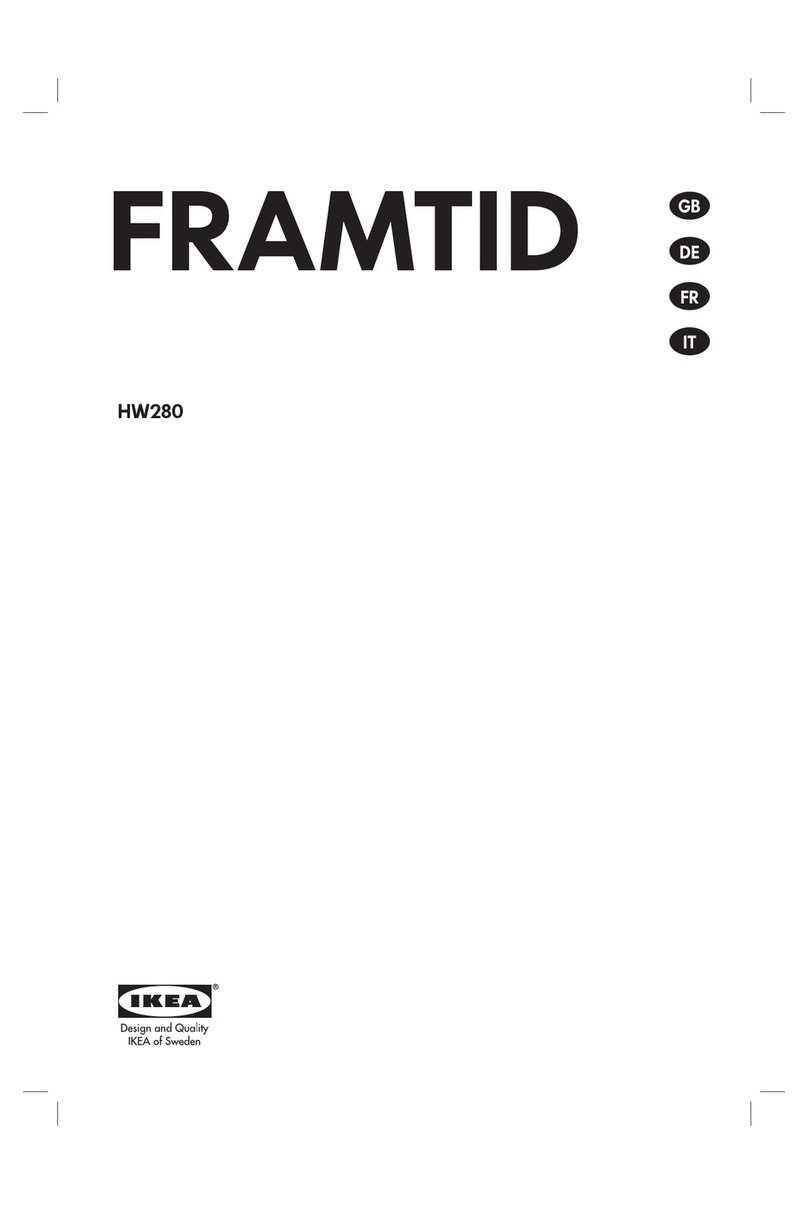
Framtid
Framtid HW280 manual
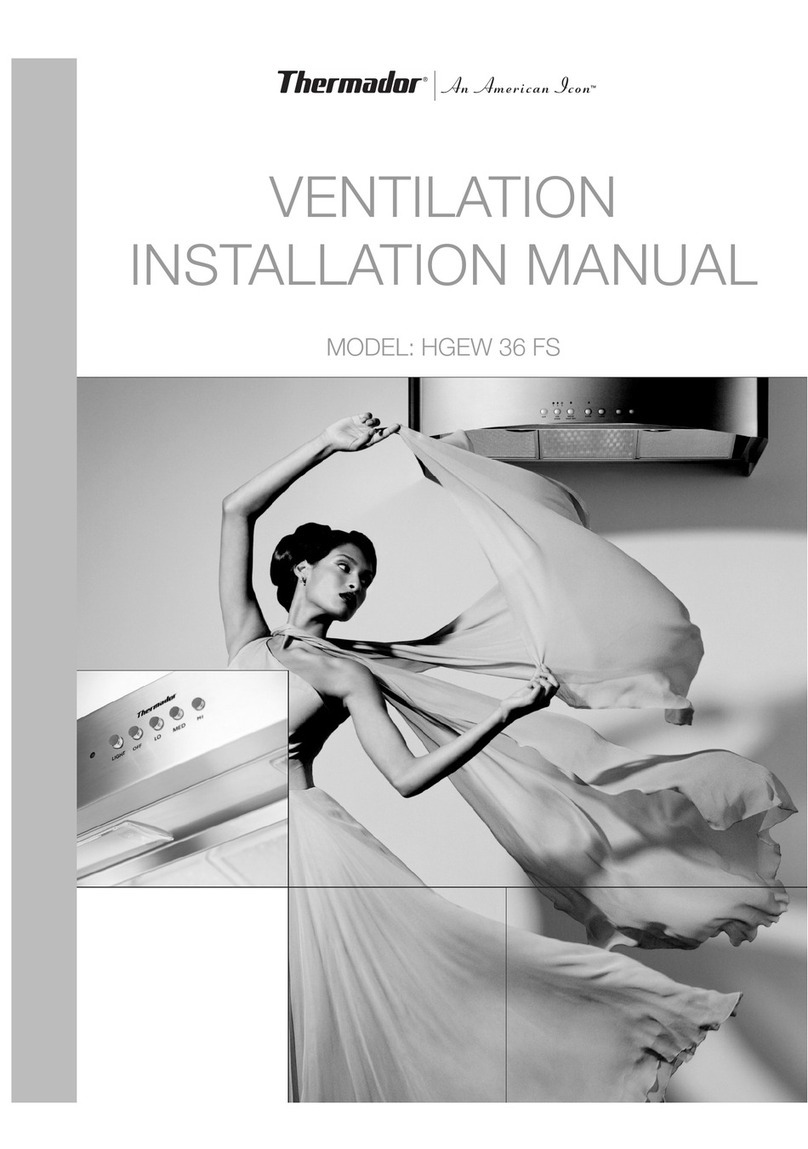
Thermador
Thermador HGEW 36 FS installation manual
